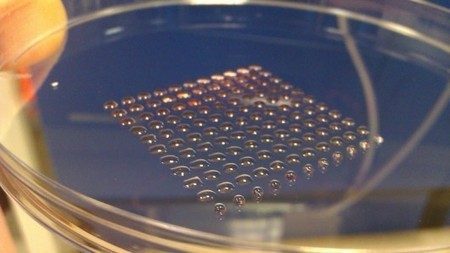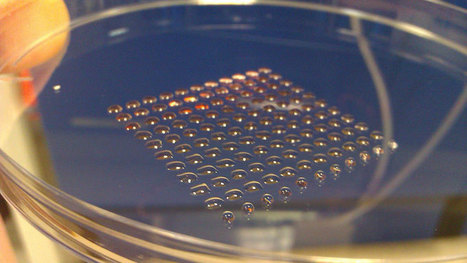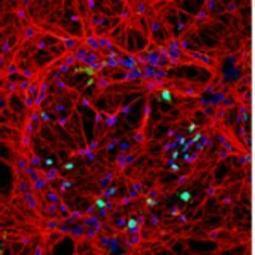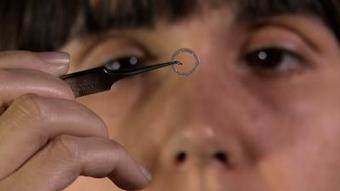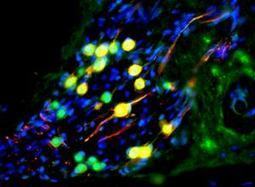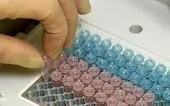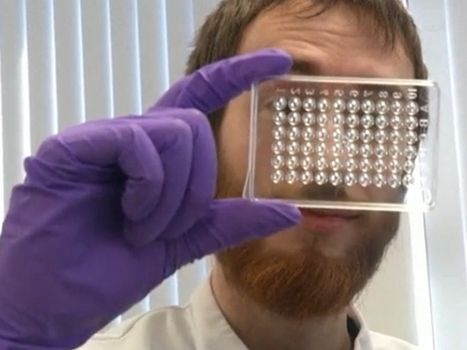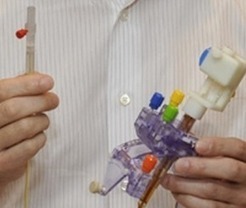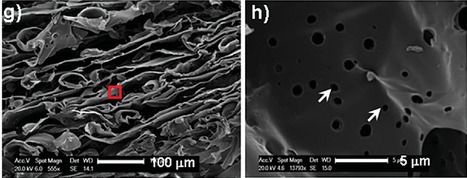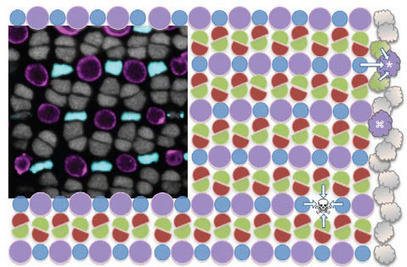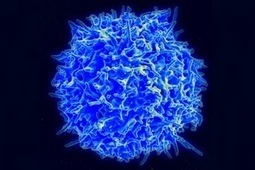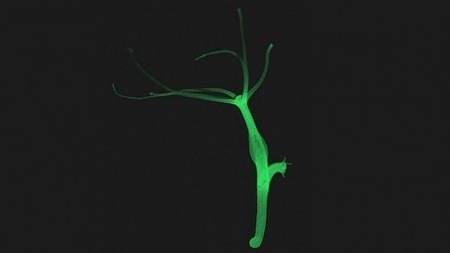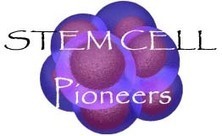For the first time, scientists have printed human embryonic stem cells using a 3D printer.
Using stem cells as a form of ink, the Heriot-Watt University team led by Dr Will Wenmiao Shu think they will soon be able to print human tissue.
Bioengineer Alan Faulkner-Jones built the printer using parts from an old 3D printer. It uses a valve-based technique to deposit whole life cells onto a surface.
The team printed tiny droplets of bio ink, each containing up to five cells from an embryonic human kidney and an embryonic cell line.
Ninety-nine percent of cells tested were alive and viable for replication. "It's accurate enough to produce 3D micro-tissue." said Dr Shu.
"The printed cells can still maintain their potency, which is their ability to differentiate into any other cell types in our body."
That differentiation occurs when the stem cells are combined with nascent cells from specific organs, like the liver or lungs, which emit chemical signals to transform the stem cells into liver or lung tissue.
Dr Shu's team want to produce human liver tissue by 2015 and build individual organs with their stem cell printer soon after.
Via
Dr. Stefan Gruenwald



 Your new post is loading...
Your new post is loading...






